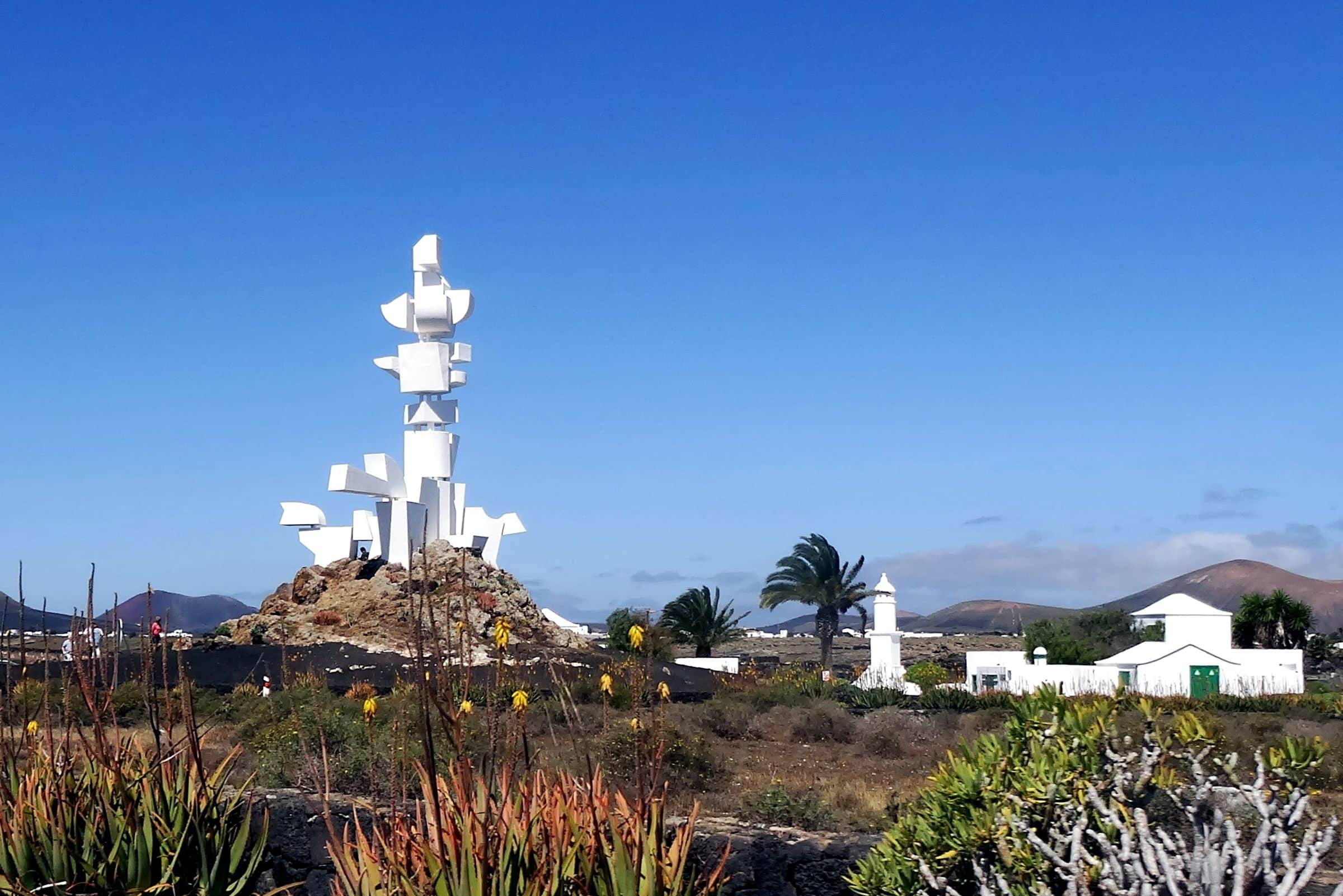César Manrique is Lanzarote, Lanzarote is César Manrique
This sentence is the beginning of the text about César Manrique in the Müller‘s tourist guide about Lanzarote – and if you are on the island, you will quickly notice how correct this is…
There are only a few others that shaped the island of Lanzarote as much as the artist César Manrique. Manrique was, among other things, committed to continue the development of Lanzarote in the traditional style and to abstain from buildings that are higher than an adult palm.This measure has largely kept away the mass tourism from Lanzarote and Lanzarote was not plastered with hotels.
César Manrique was born on 24 April 1919 in Arrecife, Lanzarote. He went to school in Lanzarote and graduated to a civil engineer degree at the University of La Laguna in Tenerife. In 1945 he attended the School of Fine Arts of San Fernando in Madrid, where he earned champion for drawing and painting in 1950. In 1964, Manrique was awarded a scholarship from the International Institute of Art Education for the study of American art in the United States. But in 1968 he returned to Lanzarote and as an old family friend, Pepin Ramirez, was president of the island’s government, Manrique’s ideas had an influential supporter and Manrique was able to convert most of his proposals.
On 25th of September 1992 César Manrique was killed in a traffic accident close to his fundación in Tahiche.
 Works
Works1990 – JARDÍN DE CACTUS, Teguise, Lanzarote
Manrique’s traces can be discovered in many streets and squares of the island
– especially in the roundabouts you come across his sculptures and wind chimes again and again.
The former home of César Manrique in Haría was opened as a museum in 2013.
Since most works of Manrique are large visitor attractions, it is advisable -in case you travel alone- to visit these in the afternoon, as the large tour groups have usually already been gone.











 was built by César Manrique in 1968. It is also called Monumento al la Fecundidad – “Monument of Fertility”.
was built by César Manrique in 1968. It is also called Monumento al la Fecundidad – “Monument of Fertility”.